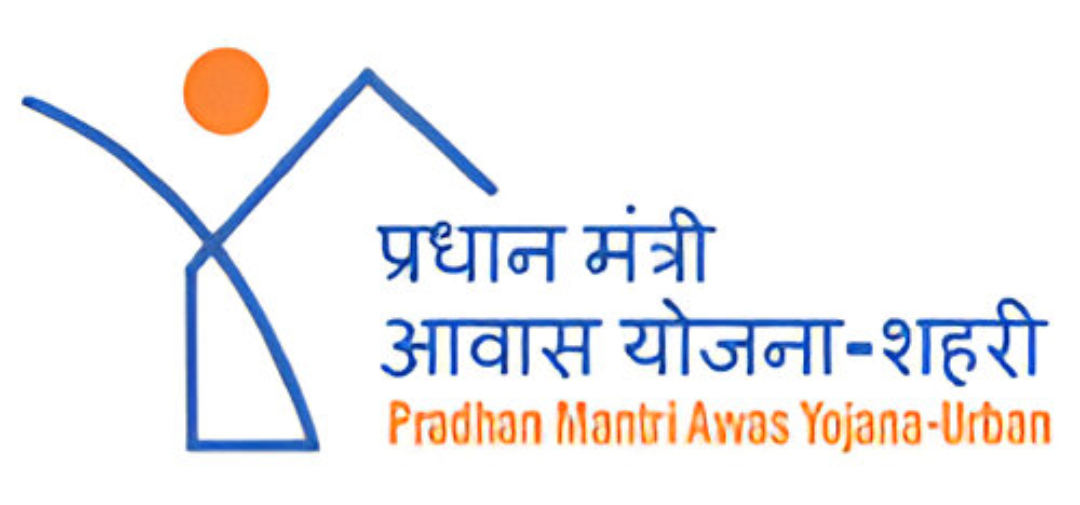The Ministry of Housing and Urban Affairs (MoHUA) has been implementing the Pradhan Mantri Awas Yojana – Urban (PMAY-U) since 25 June 2015, aiming to provide all-weather pucca houses with basic civic amenities to eligible urban beneficiaries across India.
Based on the lessons learned during PMAY-U’s implementation, MoHUA has revamped the scheme and launched PMAY-U 2.0 ‘Housing for All’ Mission from 1 September 2024. The renewed mission seeks to enable 1 crore additional eligible beneficiaries to construct, purchase, or rent affordable housing within the next five years.
PMAY-U 2.0 operates under four verticals:
-
Beneficiary Led Construction (BLC)
-
Affordable Housing in Partnership (AHP)
-
Affordable Rental Housing (ARH)
-
Interest Subsidy Scheme (ISS)
AHP Vertical – Public and Private Sector Models
The Affordable Housing in Partnership (AHP) vertical under PMAY-U 2.0 is being implemented in two ways:
-
Public Sector Model: Construction of houses by public sector agencies and parastatals.
-
Private Sector Model: Ownership of houses by purchase from whitelisted private sector projects using housing vouchers.
Technology Innovation Grant (TIG) for Faster, Sustainable Housing
A key feature of PMAY-U 2.0’s AHP vertical is the Technology Innovation Grant (TIG) – ₹1,000 per sqm for up to 30 sqm carpet area per dwelling unit – provided for projects using innovative construction technologies notified through the Global Housing Technology Challenge (GHTC-India) or other certified platforms like PACS by BMTPC/CPWD.
Both the Centre and the respective State/UT governments must contribute TIG proportionately. These projects are required to be completed within 18–24 months after obtaining statutory approvals.
Maharashtra Projects Get Major Sanction
Under the AHP vertical, 21,017 houses across 8 projects in Maharashtra have been sanctioned (as of 18 June 2025) using alternate technologies. These projects are eligible for TIG worth ₹90.64 crore – including ₹60.44 crore from the Centre and ₹30.22 crore from the State. However, no TIG has yet been released to Maharashtra pending compliance submissions.
By contrast, while Andhra Pradesh had earlier sanctioned 2.68 lakh houses using Monolithic Construction Technology under the previous PMAY-U, there was no TIG provision in the earlier scheme version.
Driving Innovation Through GHTC-India and TISM
The Technology & Innovation Sub-Mission (TISM) under PMAY-U 2.0 is designed to promote modern, sustainable, and disaster-resilient construction methods. Through GHTC-India, the government has shortlisted 54 proven construction technologies from around the globe, grouped into six categories for adoption based on India’s diverse geo-climatic conditions.
The Building Materials and Technology Promotion Council (BMTPC) plays a critical role by:
-
Certifying innovative technologies
-
Constructing pilot demonstration housing projects
-
Conducting hands-on training and capacity building
-
Ensuring quality through Third Party Quality Monitoring Agencies (TPQMA)
These measures are particularly vital for cyclone-prone districts like Nellore in Andhra Pradesh, where durable housing solutions are a priority.
Conclusion:
PMAY-U 2.0’s AHP vertical, combined with TIG incentives and GHTC-certified technologies, is set to accelerate the construction of affordable, high-quality, and sustainable urban housing. By integrating public-private collaboration with innovation-driven construction, the government aims to not only meet housing demands but also enhance resilience and efficiency in India’s housing sector.





